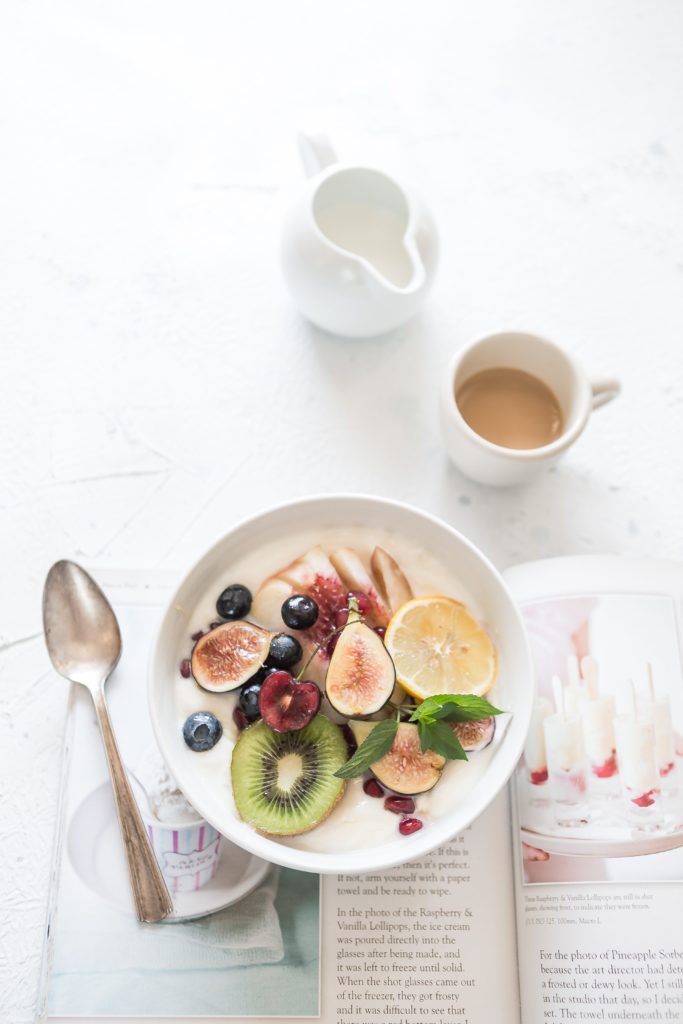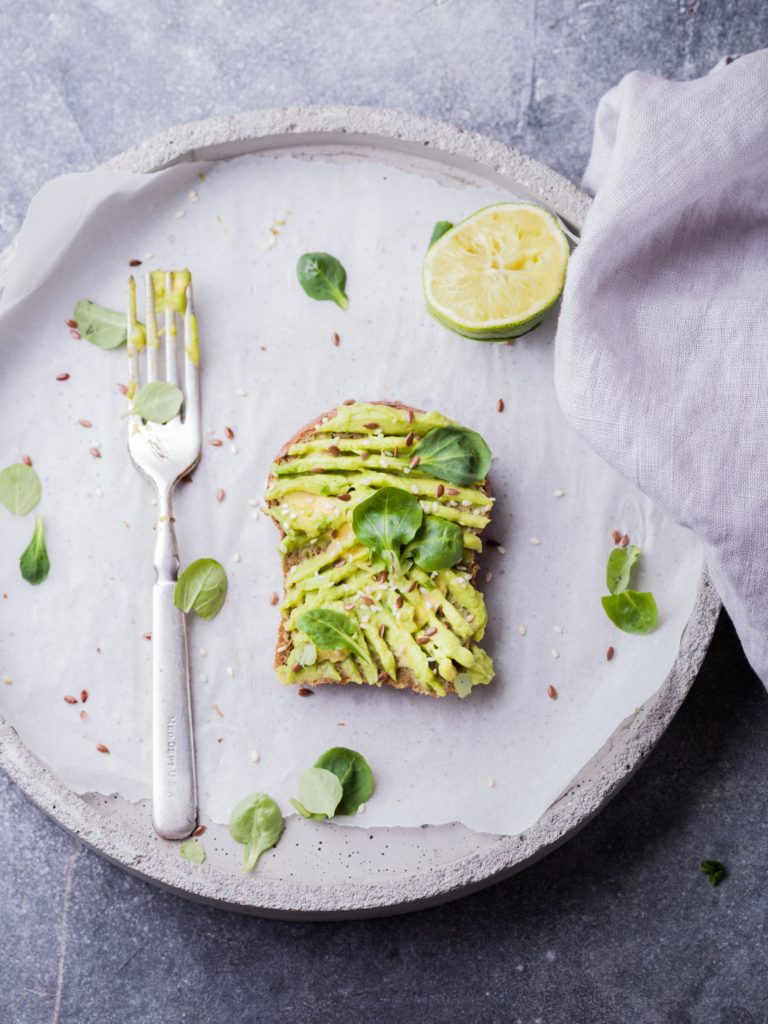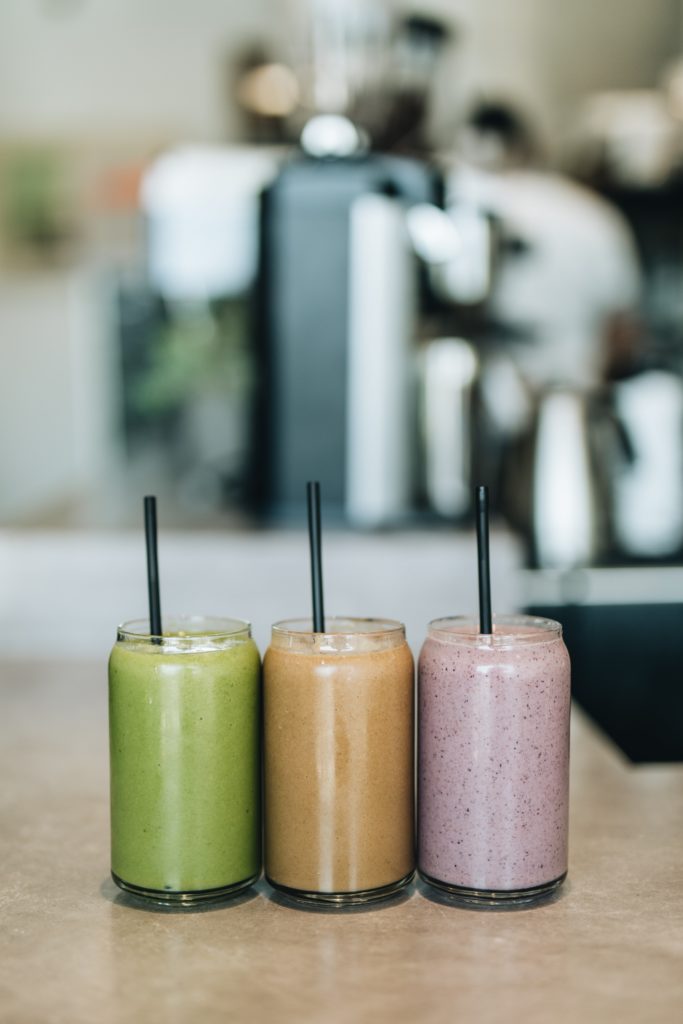Vegetarian and veganism are both powerful ways to incorporate more plants and antioxidants into our diets while at the same time easing our impact on the planet – sounds great, right?
While many people are turning toward plant-based diets for these health and environmental reasons, totally cutting out meat and other animal products from your diet can prove quite challenging.
As a culture, we rely heavily on animal products to fuel our bodies – finding plant-based options simply requires more effort from us in this world full of fast options and drive-thrus.
To determine the right vegan foods to support our fast-paced lifestyles, we must first consider how to properly fuel our bodies as a whole. What should we be eating to stay nourished and satisfied on a vegan diet? And better yet, in what amounts?

The Essential Four
The good news is, adequately fueling our bodies and going totally plant-based aren’t mutually exclusive – all it takes is creating a whole, balanced meal using a formula called the “Essential Four.”
The Essential Four is simple – all it requires is having all the macronutrients present at each meal – protein, fat, fiber, and carbohydrates – in the right versions, and in the right amount. No meat or animal products required.
Including all elements of the Essential Four in each meal ensures your body is getting all the calories it needs to function as well as all the nutrients it needs to stay full and satisfied, ideally all the way until the next meal 3-4 hours later.

So, here is the formula for the Essential Four followed by some inspired vegan lunch ideas.
Protein
The most obvious challenge for vegans – how do I properly compensate for the loss of protein in my diet? The reality is, most of us think we need much more protein than we actually do. In fact, protein should only comprise about 20% (less than ¼!) of your plate. While it might not seem like a lot of vegan foods have solid amounts of protein, a vegan diet relies heavily on food combinations to create complete proteins.
All you have to do is make sure the essential elements are present – say you’re having beans, try including some quinoa or brown rice with it. Or if you’re having a salad, try adding some almonds.
Another vegan food-friendly source of protein is collagen – collagen contains 8 out of the 9 essential amino acids, so it is a great protein option for plant-based folks who also want to boost their body’s natural collagen production.
Bottom line – if you have all four of the Essential Four present for whatever your vegan lunch ideas are any given week, you WILL be getting enough protein!
Fiber
What do you think of when you think about fiber? Pasta, bread? Maybe your grandmother’s chalky, orange jar of Metamucil? A lot of people only associate fiber with grains which makes them think consuming more fiber means putting on the pounds.
Nothing could be farther from the truth – fiber is essential for all of our body’s functions as well as keeping us feeling full and satisfied. In fact, the majority of American women aren’t getting the amount of fiber they need with American women on average consuming around 15mg per day compared to the 25g that is needed.
This chronic lack of fiber consumption in our modern diets has been linked to serious health issues such as poor gut health and depression. Luckily getting enough fiber is easier than you think – the best sources of fiber are naturally vegan foods! Some of these sources include: avocado, quinoa, sweet potatoes, broccoli, cauliflower, bulgar, and farro.
Fat
Newsflash – fat doesn’t make you fat! You need fat at EVERY meal. It is absolutely critical for regulating our hormones, keeping insulin spikes down, glowing skin, and remaining satiated from one meal until the next. However, you want to make sure you are consuming the right kind of fat – polyunsaturated.
The healthiest polyunsaturated fat sources are also delicious vegan foods and most contain high amounts of Omega 3’s, which are responsible for lowering blood pressure and the risk of heart disease. Examples include flaxseeds, hemp hearts, nut butter, almonds, coconut oil, olive oil, avocado oil, ghee – a good variety is KEY! Fat should comprise around 25% of every meal.
Carbohydrates
Many vegan foods and vegan diets tend to focus too heavily on carbohydrates for energy – usually refined grains that cause the blood sugar to spike. But in this case, we aren’t talking about the bread and pasta type of grains – we are talking GREENS!
The carbohydrates that are going to give our bodies the most nutrients and energy come unprocessed from the earth, of course. This is how our bodies get those much-needed phytochemicals that help protect us against things like disease and free radicals. These most commonly come in the form of leafy greens (kale, spinach, etc.), making them super easy to include in every meal. Veggies such as asparagus, bell peppers, and carrots are also great sources of carbohydrates.
Carbohydrates/greens should make up the remaining 20-25% of your plate for a balanced, vegan meal.

So, now that you know the Essential Four, here are some inspired vegan lunch ideas – enjoy!
Salad:
- Large handful of massaged kale
- ¼ cup of quinoa
- 1 tbsp pumpkin seeds
- ¼ cup of your choice of beans
- 1 tbsp of either olive oil or avocado oil with lemon squeeze
Buddha Bowl:
- Base of baby spinach
- Half and avocado
- ¼ cup of sliced purple cabbage
- ¼ cup of roasted broccoli
- 1 tbsp of sliced almonds
- ¼ cup of brown rice
- Drizzle of tahini
Toast:
- 1 slice of toast
- ½ an avocado mashed
- Microgreens of your choice
- Spinkled hemp hearts
- Dash of sea salt
Smoothie:
- Big handful of leafy greens (fiber)
- A scoop of collagen powder (protein)
- 1 tbsp of chia and flaxseeds, or a tbsp of nut butter
- ¼ cup of frozen fruit of your choice (carbohydrates)